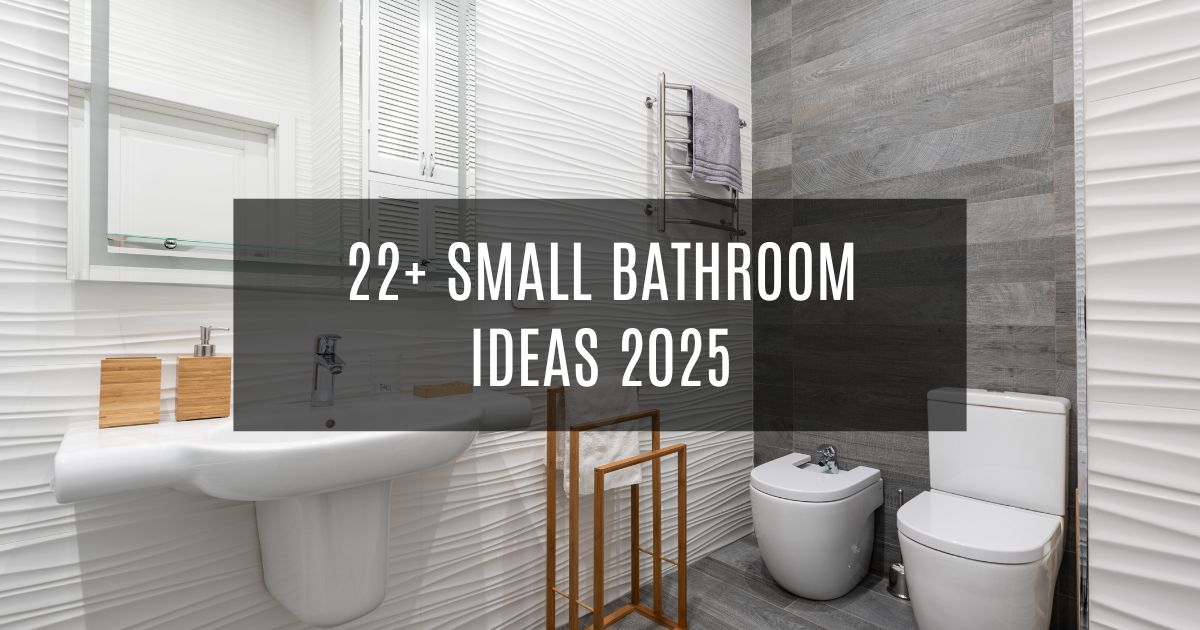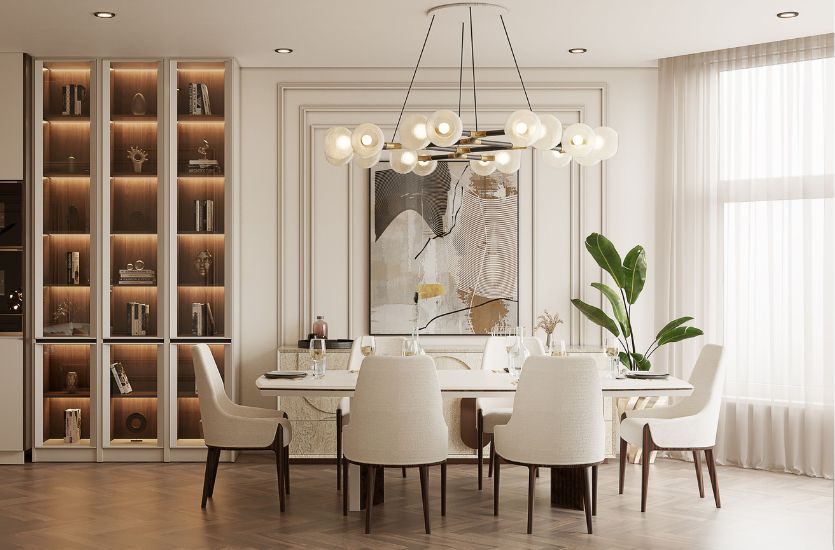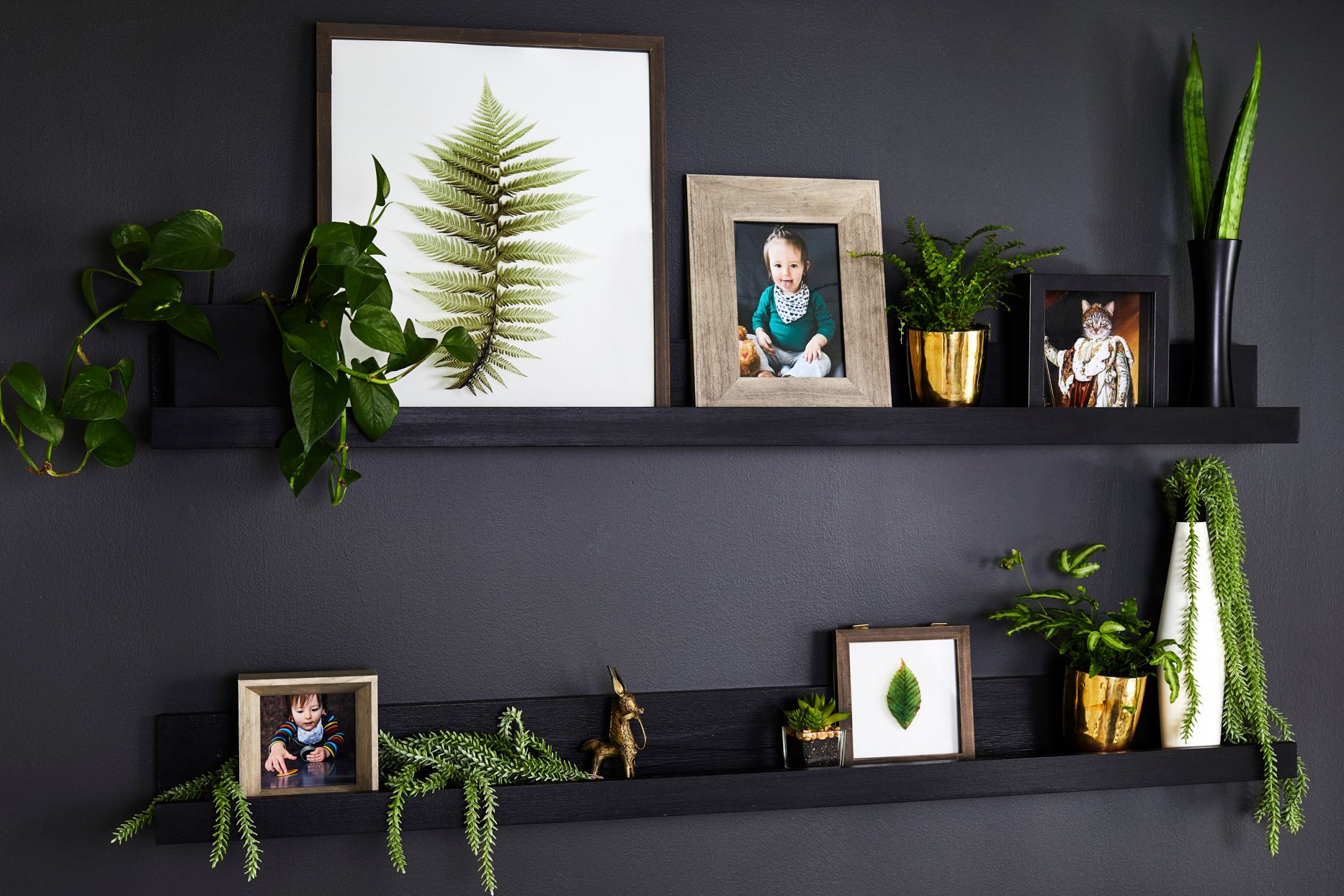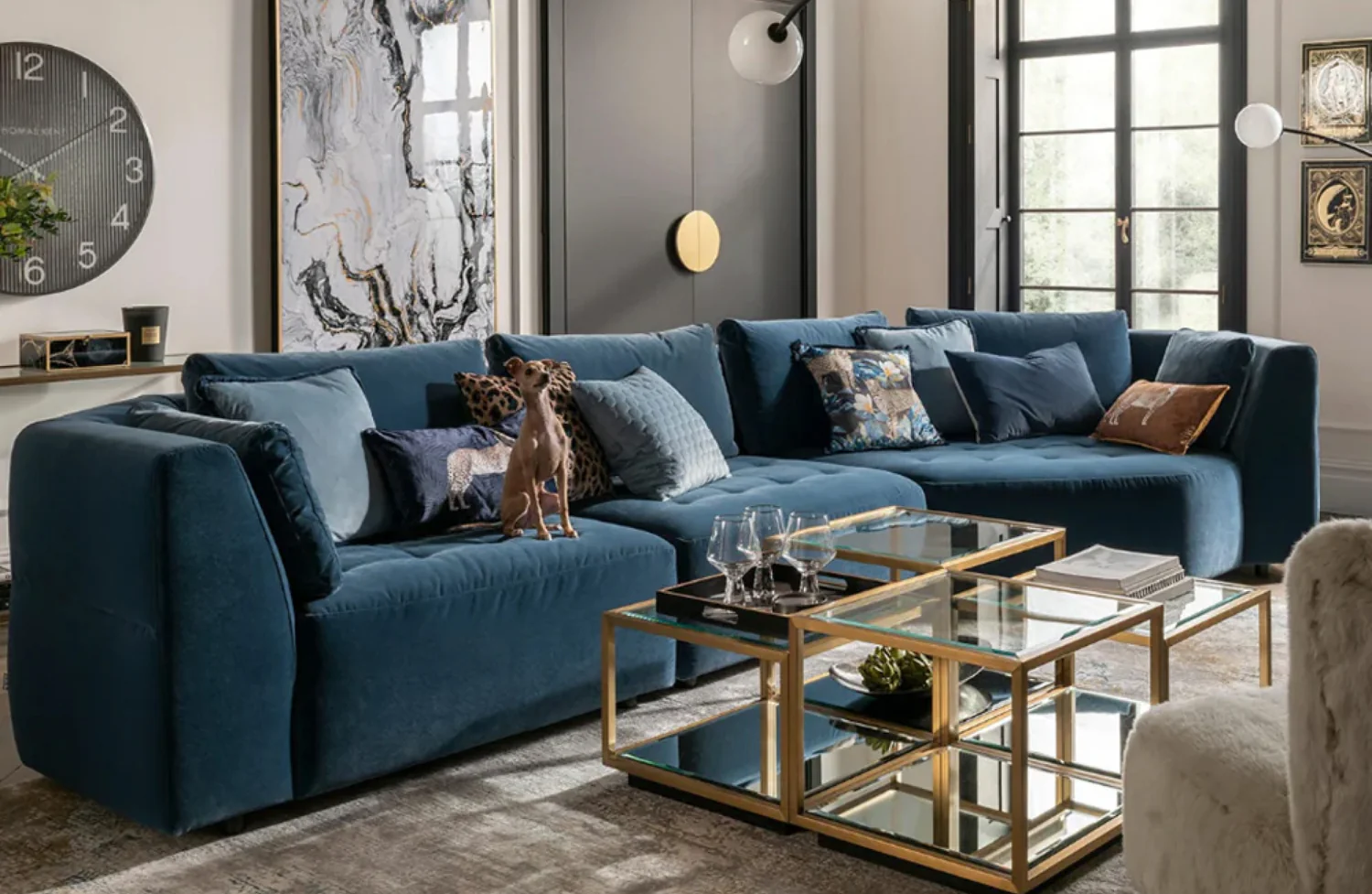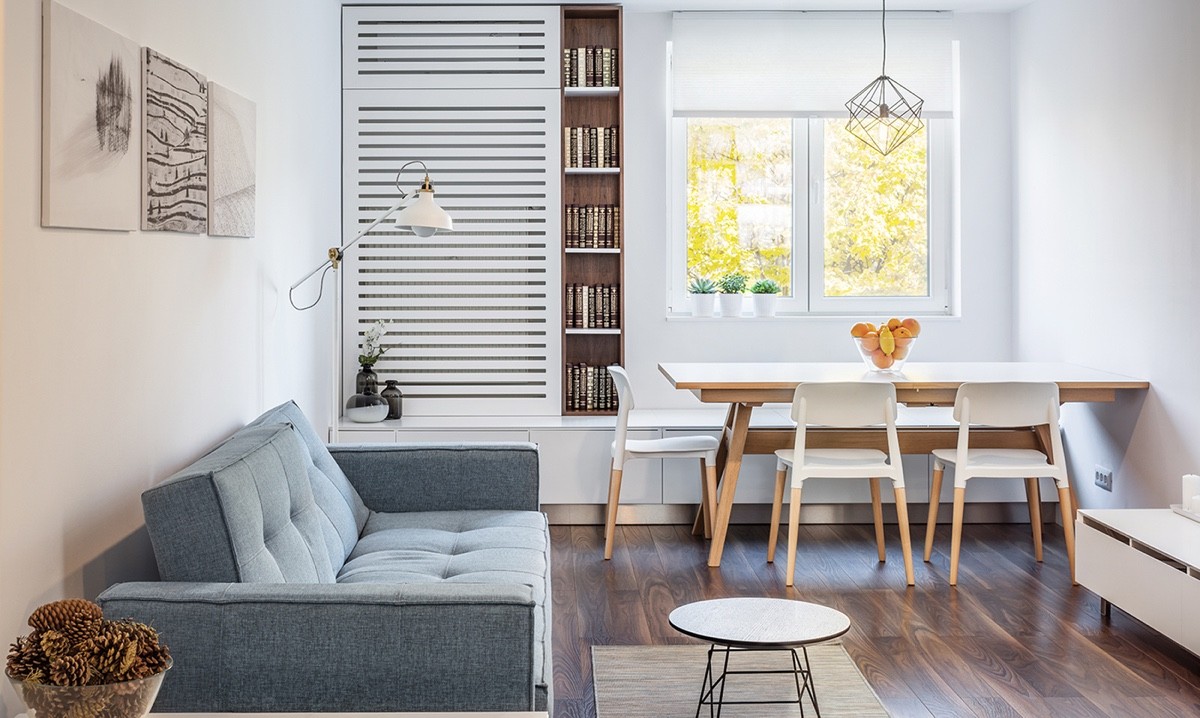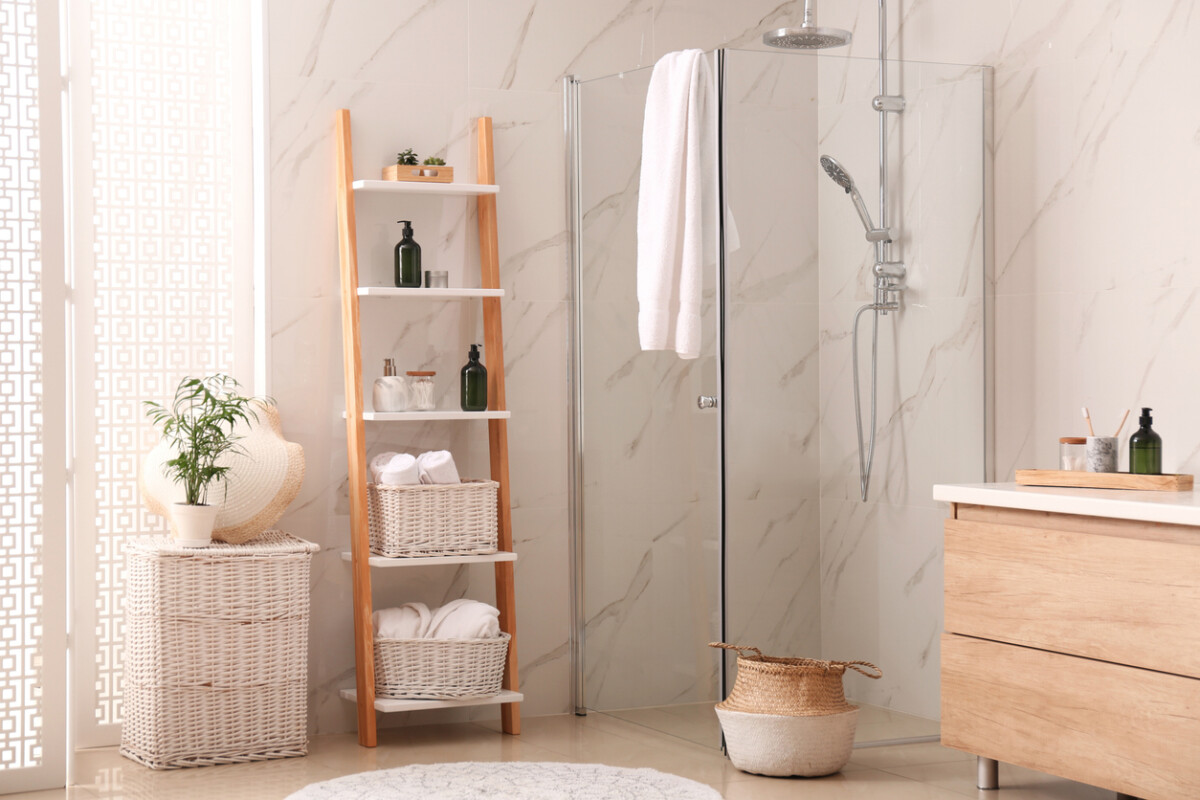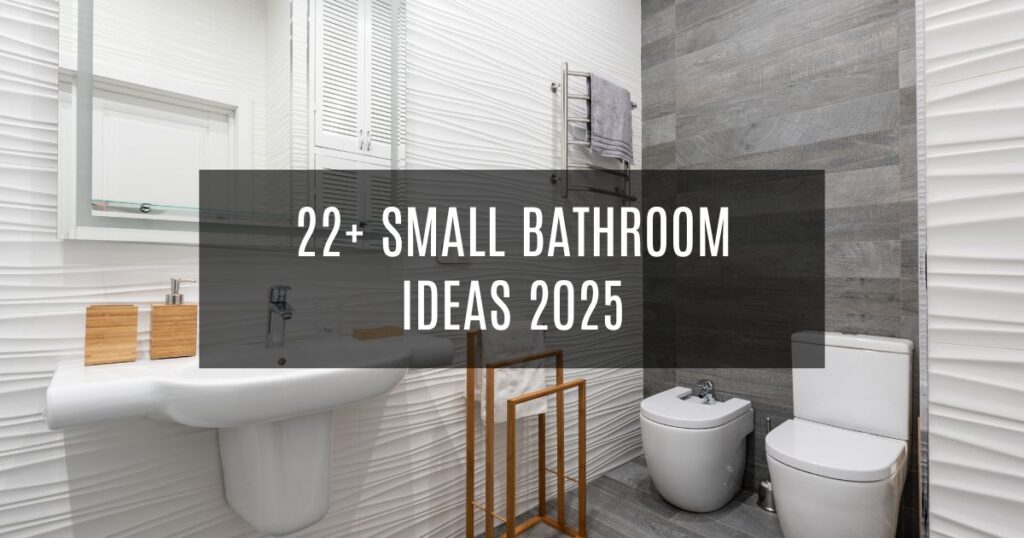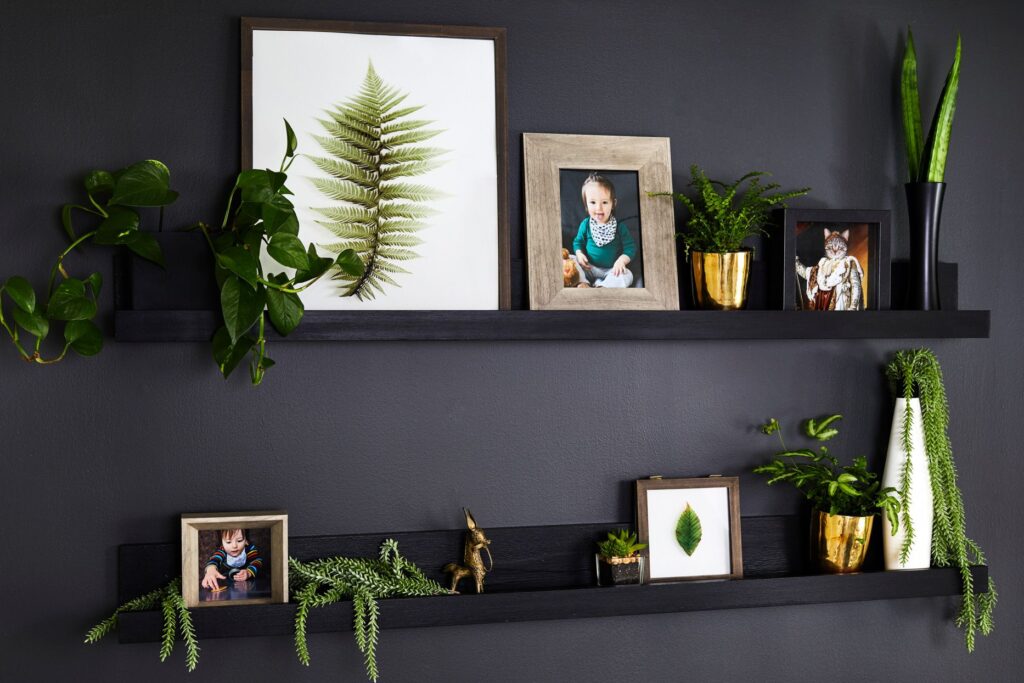Introduction (250+ words in second person language)
Keeping ducks in your backyard can be a delightful and rewarding experience. You might be intrigued by their playful quacks, their curious waddle around your yard, and their charming personalities. From eggs that often rival chicken eggs in size and richness, to natural pest control in your garden, ducks add a unique layer of sustainability to your homestead. But before you dive in, it’s crucial to create a safe, comfortable environment where these feathery friends can thrive.
You may be wondering how to construct the perfect duck enclosure without spending a fortune. Perhaps you’re ready to embrace your inner craftsperson with a project that fits your style, backyard space, and budget. After all, ducks require specialized living conditions—enough space to roam, adequate shelter from predators and extreme weather, and water sources for swimming and cleaning. While it might feel overwhelming at first, building a DIY enclosure can be quite manageable—and even fun—with the right guidance and a dose of creativity.
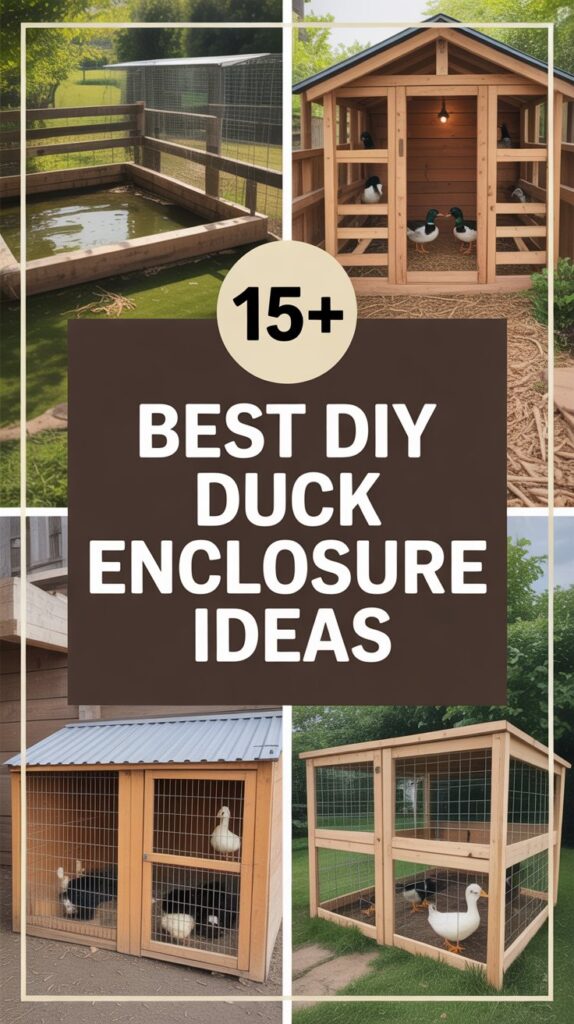
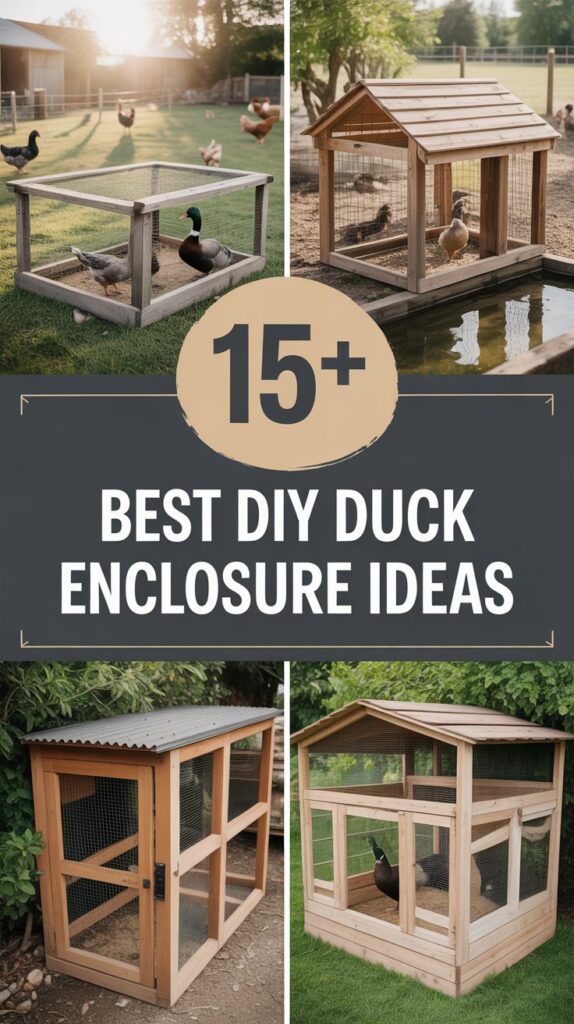
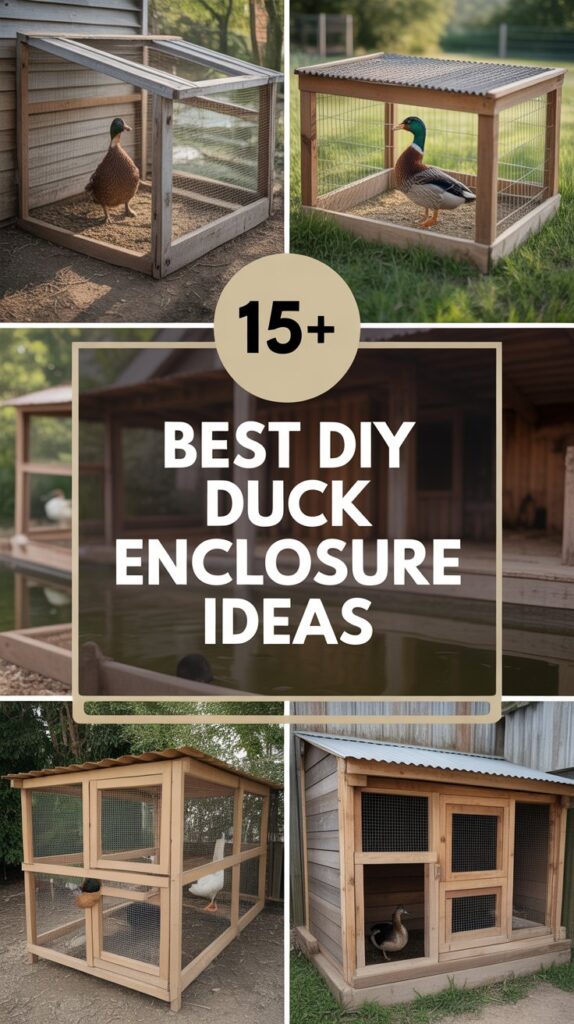
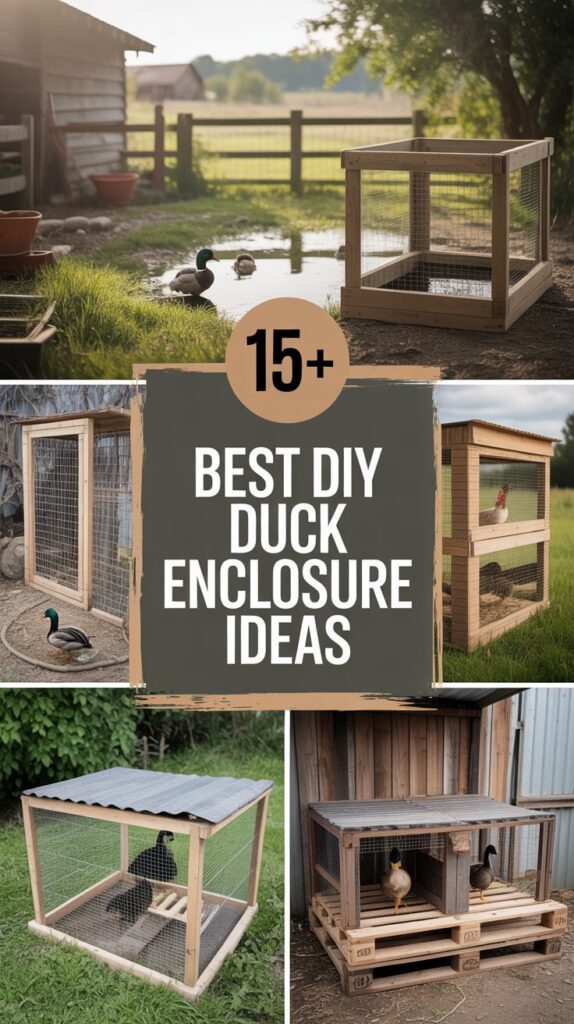
In this article, you’ll discover more than 15 ingenious DIY duck enclosure ideas. From upcycled pallets to stunning greenhouse conversions, each design offers unique benefits and budget considerations. These concepts will help you better understand the essentials of a duck enclosure: proper ventilation, predator-proof materials, suitable flooring, and easy-to-clean areas for bedding. By the end of this guide, you’ll feel confident to begin (or upgrade) your duck coop project, ensuring your ducks stay safe, comfortable, and happy all year round. Let’s dive right in and find the enclosure idea that best fits your needs.
Table of Contents
- 15+ Best DIY Duck Enclosure Ideas
- 1. The Pallet Haven Enclosure
- 2. Greenhouse-to-Duck Coop Conversion
- 3. Hoop House Duck Enclosure
- 4. Mobile Duck Tractor
- 5. Converted Dog House Coop
- 6. A-Frame Duck Coop
- 7. Reinforced Wire Enclosure with a Simple Roof
- 8. Straw Bale Duck Den
- 9. Repurposed Children’s Playhouse
- 10. DIY Cattle Panel Duck Pen
- 11. Upcycled Shed Enclosure
- 12. Wooden Pallet and Corrugated Metal Combo
- 13. High-Rise Duck Coop with Walk-In Run
- 14. Lean-To Style Duck Shelter
- 15. Salvaged Barn Wood Duck Chalet
- 16. Converted Gazebo Duck Sanctuary
- Conclusion
- FAQs
15+ Best DIY Duck Enclosure Ideas
Below, you’ll find an extensive list of practical and creative DIY duck enclosure ideas. Each concept is presented with an overview, crucial building tips, and insights into costs and space requirements.
1. The Pallet Haven Enclosure
One of the most cost-effective and eco-friendly ways to build a duck enclosure is by using reclaimed wooden pallets. These pallets are often available for little or no cost from local businesses—just make sure you source clean, chemical-free pallets to ensure your ducks’ safety.
Key Features & Benefits
- Low-Cost Materials: Pallets are usually easy to come by, and you can disassemble or use them as-is.
- Sturdy Construction: Wooden pallets provide a robust framework that can withstand the elements and deter some predators.
- Easy Assembly: You can stack and secure pallets with screws or metal brackets, shaping your enclosure’s walls and potential partitions.
Building Tips
- Insulation: Fill gaps between pallet boards with scrap wood or insulation to keep drafts out.
- Roof & Flooring: Top off your pallet enclosure with corrugated roofing material and include a simple raised floor to keep ducks off the damp ground.
- Predator-Proofing: Attach wire mesh or hardware cloth around the edges to protect the coop from predators like raccoons or foxes.
2. Greenhouse-to-Duck Coop Conversion
If you have an old greenhouse lying around, consider converting it into a duck coop. The transparent roof will allow ample sunlight, which helps keep the enclosure bright and warm, especially during colder months.
Key Features & Benefits
- Year-Round Warmth: The greenhouse effect traps heat, maintaining a cozier environment in winter.
- Plenty of Ventilation: You can easily incorporate windows or vents to circulate fresh air.
- Multi-Purpose Space: Sections of the greenhouse can still be used to grow duck-friendly plants, creating a mini ecosystem.
Building Tips
- Floor Protection: Use removable rubber mats or wooden planks on the floor to keep it dry and easier to clean.
- Shading: Add shades or cloth to prevent overheating in the summer.
- Water Management: Ducks splash a lot, so ensure there’s proper drainage or a small trough to contain water spills.
3. Hoop House Duck Enclosure
Hoop houses, commonly used for growing vegetables, can be adapted into a spacious duck enclosure. You’ll need PVC or metal hoops, sturdy plastic sheeting, and some form of base framing.
Key Features & Benefits
- Lightweight & Portable: Hoop houses can be moved around, allowing your ducks fresh foraging areas.
- Ample Space: The curved ceiling provides plenty of vertical room, promoting healthy airflow.
- Quick & Straightforward Construction: Bending PVC pipes and covering them with plastic or netting is relatively simple.
Building Tips
- Durable Covering: If you live in a windy or snowy area, opt for stronger greenhouse plastic or secure wire mesh for added resilience.
- Predator Deterrents: Anchor the structure well and line the perimeter with hardware cloth to keep digging animals out.
- Climate Control: Add roll-up sides or vents for temperature regulation, ensuring your ducks don’t overheat.
4. Mobile Duck Tractor
A “duck tractor” is a movable pen designed to be shifted around your yard, providing ducks with fresh grass and insects. Although more commonly associated with chicken keeping, this method can be adapted for ducks with minor modifications.
Key Features & Benefits
- Grazing Opportunities: Regular relocation helps ducks munch on fresh grass and insects, reducing feed costs.
- Eco-Friendly: Ducks fertilize your lawn as they forage, promoting a healthier yard.
- Space-Efficient: You don’t need a permanent large enclosure since you can roll or drag the tractor to different spots.
Building Tips
- Lightweight Frame: Use PVC pipes or lightweight wood to make the pen easy to move.
- Nighttime Shelter: Include a small, enclosed space within the tractor where ducks can sleep safely.
- Secure Flooring: A half-open mesh floor can deter ground-based predators, but ensure an area with solid footing so ducks aren’t constantly on mesh.
5. Converted Dog House Coop
Repurposing a large dog house into a duck coop can be a quick, budget-friendly solution, particularly if you only have a few ducks. Many dog houses already come with decent insulation and weatherproofing.
Key Features & Benefits
- Minimal Construction: Ready-made walls, roof, and sometimes even removable floors.
- Compact Design: Great for small backyards or if you have a limited number of ducks.
- Easily Customizable: Add perches (though ducks don’t roost as chickens do, they still appreciate a dry, raised area), nesting boxes, and vents as needed.
Building Tips
- Ventilation: Drill extra holes near the roof to circulate air and reduce moisture buildup.
- Extended Run: Attach a small run or fenced-in area around the dog house, ensuring adequate space to roam.
- Predator-Proof Doors: Reinforce the dog house door or opening with a latched screen or hardware cloth at night.
6. A-Frame Duck Coop
The A-frame design is popular for its simplicity and sturdy triangular structure. It’s relatively easy to build, using basic materials like plywood, wooden beams, and wire mesh.
Key Features & Benefits
- Simplicity: Straight lines and a triangular shape make for straightforward cutting and assembly.
- Space-Saving Footprint: The narrow base requires less yard space.
- Good Weather Resistance: The sloped roof allows rain and snow to run off efficiently.
Building Tips
- Roofing Material: Use water-resistant materials like shingles or corrugated metal panels for better durability.
- Flooring: Consider adding a raised floor to prevent moisture buildup.
- Accessibility: Incorporate a hinged side panel or door for easy cleaning and egg collection (if your ducks are laying).
7. Reinforced Wire Enclosure with a Simple Roof
Sometimes, the simplest approach is best if you already have an open-sided structure or are looking for a quick enclosure. An all-wire enclosure provides good ventilation and a panoramic view for your ducks.
Key Features & Benefits
- Excellent Airflow: Ideal for warm climates where overheating is a concern.
- Predator-Resistant (with Proper Materials): Sturdy hardware cloth keeps most predators at bay.
- Add-On Potential: You can easily attach additional sections if your duck flock grows.
Building Tips
- Weatherproof Roof: Install a slanted metal or plastic roof to shield ducks from rain and harsh sun.
- Secure the Perimeter: Bury hardware cloth a few inches into the ground to block digging predators.
- Provide a Sheltered Corner: Even if the enclosure is mostly wire, designate a small area with walls to protect ducks from high winds or heavy rain.
8. Straw Bale Duck Den
Straw bales offer excellent insulation and can be an affordable way to build temporary or seasonal duck housing. This type of enclosure is particularly useful during colder months.
Key Features & Benefits
- Insulation & Warmth: Straw is renowned for keeping the interior cozy in winter.
- Biodegradable & Eco-Friendly: Straw bales can be composted or used for garden mulch when you no longer need them.
- Rustic Look: If you like a down-to-earth aesthetic, straw bales fit the bill perfectly.
Building Tips
- Stable Structure: Stack bales carefully in a U-shape or rectangular layout, and reinforce corners with wooden stakes.
- Roof Options: Cover the top with a tarp, tin sheets, or wooden planks.
- Regular Maintenance: Damp straw can harbor mold, so replace or dry out bales that get soaked.
9. Repurposed Children’s Playhouse
Those colorful plastic playhouses or wooden play sets your kids have outgrown can be turned into charming duck coops. This upcycling idea is both whimsical and practical.
Key Features & Benefits
- Pre-Built Walls & Doors: Save time by using the existing structure.
- Visually Appealing: Adds a fun, decorative element to your yard.
- Easy to Clean: Plastic playhouses often have smooth, wipeable surfaces.
Building Tips
- Floor Lining: Place washable floor mats or rubber stall mats for easier cleanup.
- Ventilation & Windows: Cut small windows or vents if the playhouse is sealed.
- Fencing Extension: Build an attached run or enclosed yard for extra roaming space.
10. DIY Cattle Panel Duck Pen
Cattle panels—those strong, welded-wire sections—are excellent for creating a robust duck pen. You can bend them into a hoop shape or keep them upright, depending on your design preferences.
Key Features & Benefits
- Durability: Cattle panels are thick-gauge wire that won’t easily bend or break.
- Versatility: Use zip ties or metal clips to attach panels to wooden frames, or bend them into an arch for a hoop-style coop.
- Quick Setup: The panels are large and can form walls quickly, reducing building time.
Building Tips
- Reinforcement: For arch designs, anchor the ends securely in the ground.
- Roof Covering: Attach a tarp or corrugated metal sheets on top to protect ducks from rain.
- Incorporate a Small Pool: With sturdy walls, you can add a small kiddie pool inside without worrying about spillage or tipping.
11. Upcycled Shed Enclosure
Do you have an old shed taking up space in your backyard? It might be the perfect candidate for a duck house makeover. Sheds come in a variety of sizes and often already have a solid roof and walls.
Key Features & Benefits
- Sturdy Structure: Sheds usually have reliable framing and a weatherproof exterior.
- Generous Space: Larger sheds allow for a comfortable indoor area plus nesting or feeding zones.
- Extended Lifespan: Converting a shed maximizes its value instead of discarding it.
Building Tips
- Interior Overhaul: Remove any hazardous materials or clutter, then add bedding, nesting boxes, and water stations.
- Ventilation Enhancement: Cut vents near the roofline or install small windows to reduce humidity and odors.
- Secured Doors & Windows: Reinforce doors with locks and cover windows with hardware cloth.
12. Wooden Pallet and Corrugated Metal Combo
Mixing wooden pallets with corrugated metal roofing or siding can create a sturdy, modern duck enclosure. The pallets provide a warm, rustic interior, while the metal adds a sleek exterior and weather resistance.
Key Features & Benefits
- Longevity: Corrugated metal resists corrosion and protects against heavy rain and snow.
- Cost Efficiency: Pallet wood is inexpensive, and you can often source corrugated metal remnants from local hardware stores.
- Customization: Easily incorporate windows, feeding doors, and additional compartments.
Building Tips
- Proper Insulation: Metal can get hot in direct sunlight, so add shade or insulation where your ducks rest.
- Secure Fastening: Use appropriate screws to attach metal panels to the wooden frame.
- Interior Protection: Cover exposed pallet edges with smooth boards to prevent injuries from splinters.
13. High-Rise Duck Coop with Walk-In Run
If you have limited ground space, consider a design that elevates the main coop and includes a walk-in run beneath or alongside it. This arrangement also helps keep the bedding area drier and easier to clean.
Key Features & Benefits
- Efficient Use of Space: By raising the coop, you free up the ground level for ducks to roam.
- Ease of Maintenance: You can walk into the run area for cleaning, feeding, or collecting eggs, minimizing back strain.
- Sheltered Nook: The space under the raised coop can provide shade on hot days or protection during rainy weather.
Building Tips
- Sturdy Supports: Use strong wooden posts or metal beams to support the elevated coop.
- Access Ramps: Ducks need a gentle slope to enter the elevated area.
- Predator Barriers: Extend hardware cloth around and under the coop to deter digging predators.
14. Lean-To Style Duck Shelter
A lean-to structure attached to an existing fence or building can provide a quick, practical duck shelter. This style uses one wall of your house, barn, or fence as part of the enclosure.
Key Features & Benefits
- Material Savings: You only need three walls instead of four.
- Time-Efficient Build: Less framing and simpler construction steps.
- Weather Protection: Attaching to an existing wall can shield the coop from prevailing winds or storms.
Building Tips
- Waterproof Seal: Ensure the connection with the existing wall is watertight to prevent moisture damage.
- Roof Pitch: Slope the roof so rainwater flows away from your home or barn.
- Additional Ventilation: Even with an open side, consider adding vents or mesh for proper airflow.
15. Salvaged Barn Wood Duck Chalet
If you’re aiming for a rustic vibe, salvaged barn wood can give your duck enclosure an old-world charm. Barn wood is often sturdy and has a unique texture that’s both aesthetic and practical.
Key Features & Benefits
- Rustic Aesthetic: Visually appealing, especially if you appreciate the reclaimed wood look.
- Robust Material: Barn wood has usually proven its durability over time.
- Low Environmental Impact: Reusing wood reduces waste and lowers your project’s carbon footprint.
Building Tips
- Inspect for Damage: Remove any rotting or moldy sections. Sand rough edges to prevent splinters.
- Protect & Treat: Apply a non-toxic sealant or paint to protect the wood from pests and moisture.
- Mix with Modern Materials: Combine with metal roofing or wire mesh for a balanced design.
16. Converted Gazebo Duck Sanctuary
Got an old gazebo that’s rarely used? With a few modifications, you can transform it into an airy duck haven. The open sides offer plenty of ventilation, and the shape adds a charming focal point to your yard.
Key Features & Benefits
- Stylish Design: Gazebos bring a decorative element to your backyard.
- Open & Airy: Ideal for ducks in warmer climates; just add netting or mesh to keep predators out.
- Easy Assembly: Many gazebos come prefabricated, so you might only need to add sides and flooring.
Building Tips
- Flooring Plan: Duck-proof the floor with removable mats or rubber lining to contain messes.
- Weather Shielding: Depending on your climate, add roll-up curtains or removable panels on the sides for wind and rain protection.
- Perimeter Security: If the gazebo is placed on grass, bury hardware cloth around the edges to stop digging predators.
Conclusion
Building a DIY duck enclosure can be a fulfilling project that brings you closer to self-sustainability, whether you’re raising ducks for eggs, pest control, or simple companionship. From upcycled materials like pallets and straw bales to innovative conversions like greenhouses and gazebos, you have a wide range of options to suit different budgets, climates, and backyard sizes.
As you plan and construct your enclosure, remember to prioritize the well-being of your ducks: ensure ample ventilation, predator protection, space for roaming, and convenient water sources. Striking a balance between function and creativity will help you craft a cozy haven where your ducks can quack, forage, and swim contentedly. With the ideas explored above, you’re well on your way to providing a safe, happy home for your flock—one that they’ll appreciate for years to come.
FAQs
1. How much space do ducks need in an enclosure?
Generally, you’ll want to provide at least 4–5 square feet of indoor space per duck if they have access to an outdoor run. For larger or more active duck breeds, aim for a bit more room. The outdoor run or fenced area should be significantly larger, as ducks love to roam.
2. Do ducks require a pond in their enclosure?
While ducks certainly enjoy a natural pond, it’s not a strict requirement. A small kiddie pool or a shallow trough can suffice for swimming and preening. Just be prepared to refresh the water regularly, as ducks can quickly muddy their bathing water.
3. What kind of bedding should I use in a duck coop?
Popular choices include straw, pine shavings, or shredded leaves. Opt for absorbent, relatively dust-free materials and replace them when they become damp or soiled. This helps maintain good hygiene and prevents respiratory issues.
4. Are ducks more vulnerable to predators than chickens?
Ducks can be at higher risk because they lack the same roosting instincts as chickens. They generally prefer to sleep on the ground. This makes secure enclosures—especially during nighttime—absolutely essential.
5. How often do I need to clean a duck enclosure?
Ducks tend to be messier than chickens due to their water usage. Spot-clean daily, particularly around water stations, and perform a more thorough cleaning at least once a week. Providing proper drainage or placing water containers in a separate area can help reduce mess.
6. Can I keep ducks and chickens together in the same enclosure?
Yes, it’s possible to house ducks and chickens together, but make sure they each have their own sleeping areas and specialized water setups. Ducks need deeper water sources to dip their heads and nostrils, while chickens only require shallow waterers.
7. What’s the best way to predator-proof a duck enclosure?
Use sturdy materials like hardware cloth rather than chicken wire. Bury the fencing at least 6–12 inches underground to stop digging animals. Secure windows and vents with mesh, and install strong locks on doors. Motion-activated lights or alarms can also deter nighttime predators.

